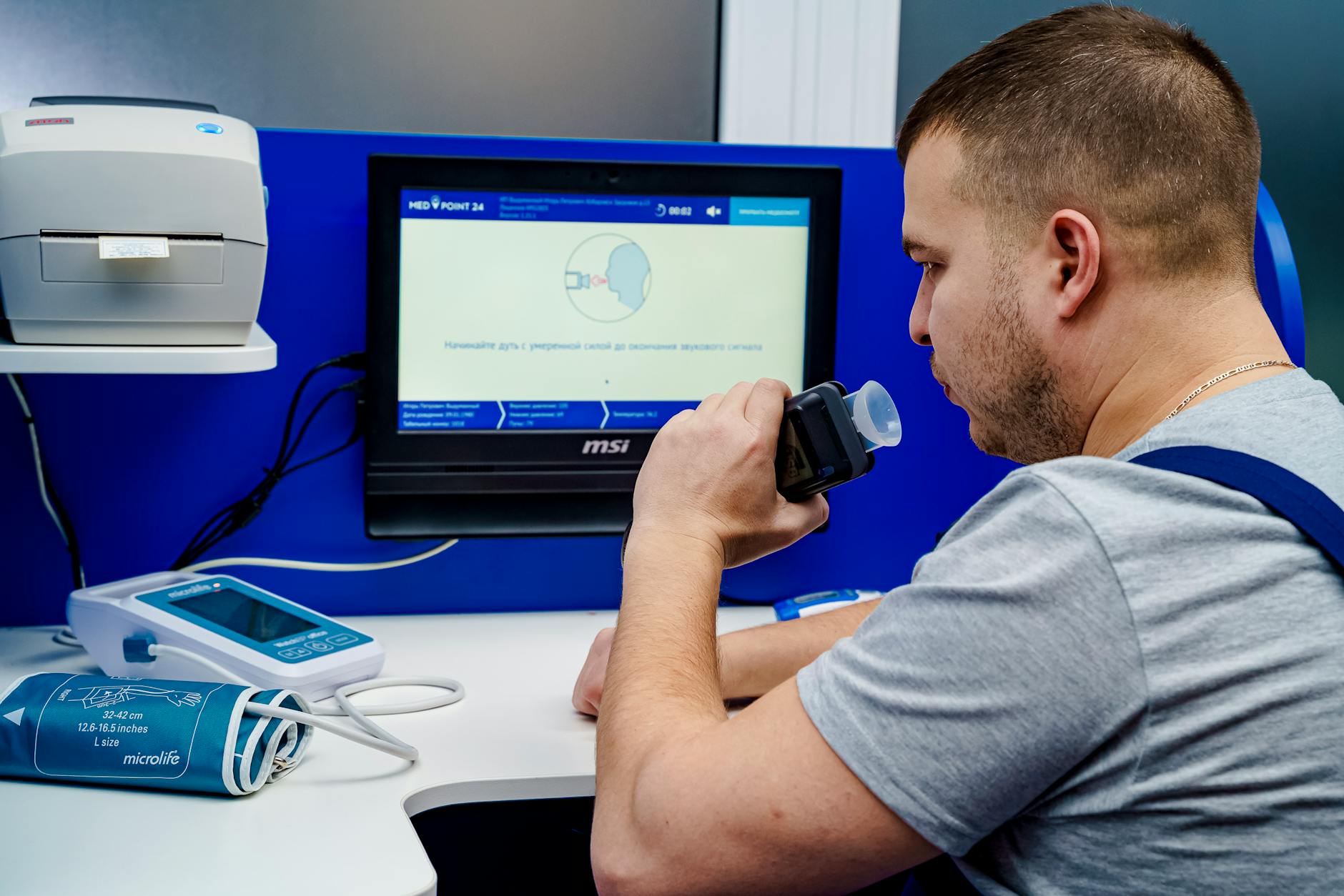Uncover the secrets behind alcohol intoxication and learn how to navigate the fine line between tipsy and drunk. Explore more!
Table of Contents
Whether you’re a seasoned drinker or a casual imbiber, the question of how many beers it takes to get drunk is a common curiosity. While the answer may seem straightforward, the science behind alcohol intoxication is far from simple. Delving deep into the mechanisms of alcohol metabolism, individual tolerance levels, and various influencing factors can shed light on why the line between tipsy and drunk is not always clear-cut.
Understanding Alcohol Metabolism
Alcohol metabolism begins as soon as you take that first sip. The liver plays a crucial role in breaking down alcohol through a process known as oxidation. This process converts alcohol into acetaldehyde, a toxic byproduct that is further metabolized into acetate and eventually eliminated from the body. The rate at which alcohol is metabolized can vary from person to person and can be influenced by factors such as genetics, liver health, and the presence of other substances in the body.
Individual Tolerance Levels
Ever wonder why some people can down multiple beers without feeling drunk, while others may feel tipsy after just one? Individual tolerance levels play a significant role in how alcohol affects different individuals. Factors such as body weight, metabolism, and enzyme activity can all contribute to tolerance levels. Additionally, genetic and environmental factors can influence how quickly a person becomes intoxicated and how long alcohol remains in their system.
Influencing Factors of Alcohol Intoxication
Several factors can influence the level of intoxication experienced after consuming alcohol. Body weight is a primary factor, as a smaller individual will generally feel the effects of alcohol more quickly than a larger individual. Gender also plays a role, with women typically having a lower tolerance for alcohol than men due to differences in body composition and enzyme activity.

Image courtesy of www.joinreframeapp.com via Google Images
Food consumption can also impact alcohol intoxication, as consuming food before or while drinking can slow down the rate at which alcohol is absorbed into the bloodstream. Mixing different types of alcohol can also increase the risk of intoxication, as the effects of mixing drinks can be unpredictable and may lead to faster intoxication.
Conclusion
When it comes to the question of how many beers it takes to get drunk, the answer is not always straightforward. Understanding the science behind alcohol metabolism, individual tolerance levels, and influencing factors can help shed light on the complexities of alcohol intoxication. By knowing your limits, practicing Responsible drinking habits, and monitoring your alcohol consumption, you can enjoy alcohol in a safe and enjoyable manner.
Remember, the line between tipsy and drunk can be a fine one – knowing where that line is for you can make all the difference in having a fun and safe drinking experience.
FAQ
How long does it take for alcohol to leave your system?
On average, it takes about one hour for the body to metabolize one standard drink. Factors such as body weight, metabolism, and hydration levels can influence this timeframe.
Does drinking water help sober you up?
Drinking water can help hydrate the body and reduce the severity of a hangover, but it does not speed up the process of alcohol metabolism. Time is the only way to sober up.
Is there a way to increase alcohol tolerance?
Building up a tolerance to alcohol is not recommended, as it can lead to increased health risks and dependency. It is best to practice responsible drinking habits and know your limits.
Why do some people get more drunk than others on the same amount of alcohol?
Individual factors such as genetics, body composition, enzyme activity, and tolerance levels play a significant role in how alcohol affects different individuals. These differences can lead to varying levels of intoxication even with the same amount of alcohol consumed.
Generated by Texta.ai Blog Automation


Leave a Reply